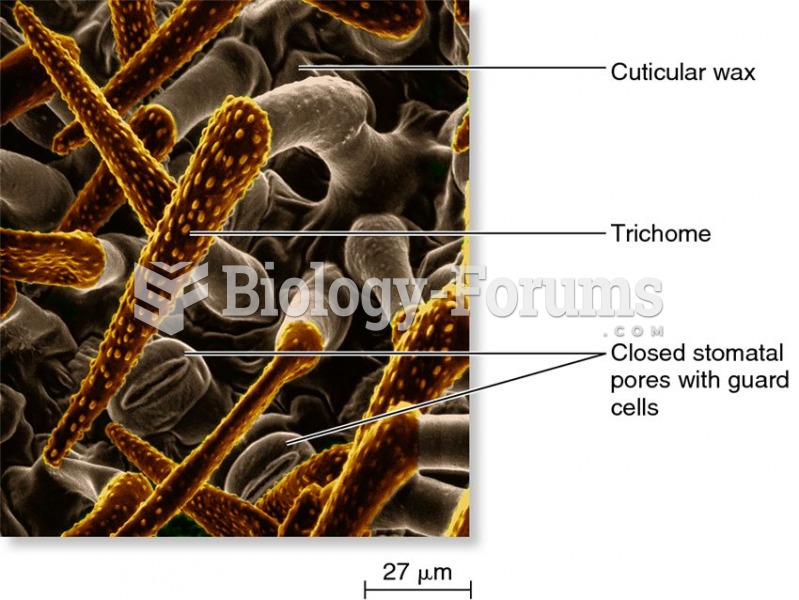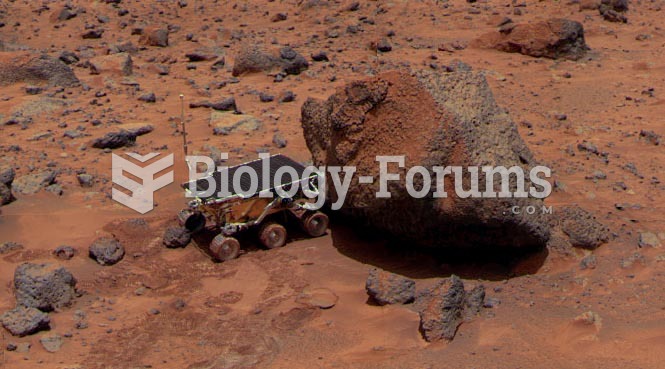Answer to Question 1
Data recorded by orbiting satellites show that the southern hemisphere of Mars is a heavily cratered highland region up to 4 billion years old. The northern hemisphere is mostly a much younger lowland plain with few craters.Volcanism on Mars is dramatically evident in the Tharsis region, a highland region of volcanoes and lava flows bulging 10 km (6 mi) above the surrounding surface.All of the volcanoes on Mars are shield volcanoes, very broad mountains with gentle slopes that are produced on Earth by hot spots penetrating upward through the crust. Shield volcanoes are not related to plate tectonics; in fact, the large shield volcanoes on Mars, the largest of which is Olympus Mons, provide evidence that plate tectonics has not been significant on that planet.When the crust of a planet is strained, it may break, producing faults and rift valleys. Near the Tharsis region is a great valley, Valles Marineris, named after the Mariner 9 spacecraft that first photographed it. The valley is a block of crust that has dropped downward along parallel faults. Erosion and landslides have further modified the valley into a great canyon.
Answer to Question 2
A process that has reduced Mars's atmosphere is the planet's lack of an ozone layer to screen out UV radiation. Solar UV photons can break atmospheric molecules up into smaller fragments. Water, for example, can be broken by UV into hydrogen and oxygen. The hydrogen then escapes into space, and the oxygen easily combines chemically with rocks and soil to form oxides. Iron oxide (rust) in the soil gives Mars its reddish landscape.







